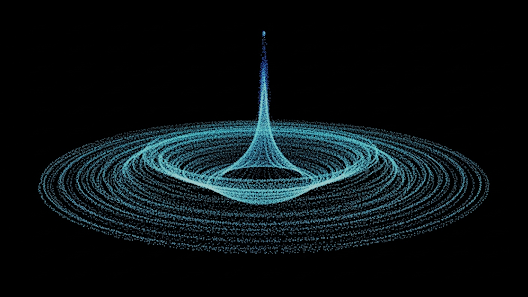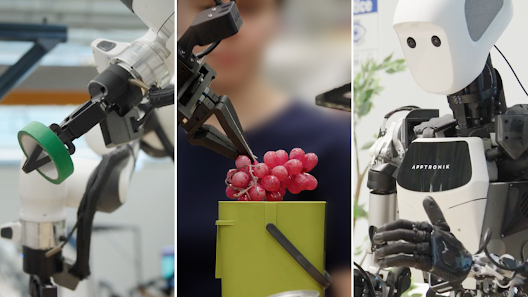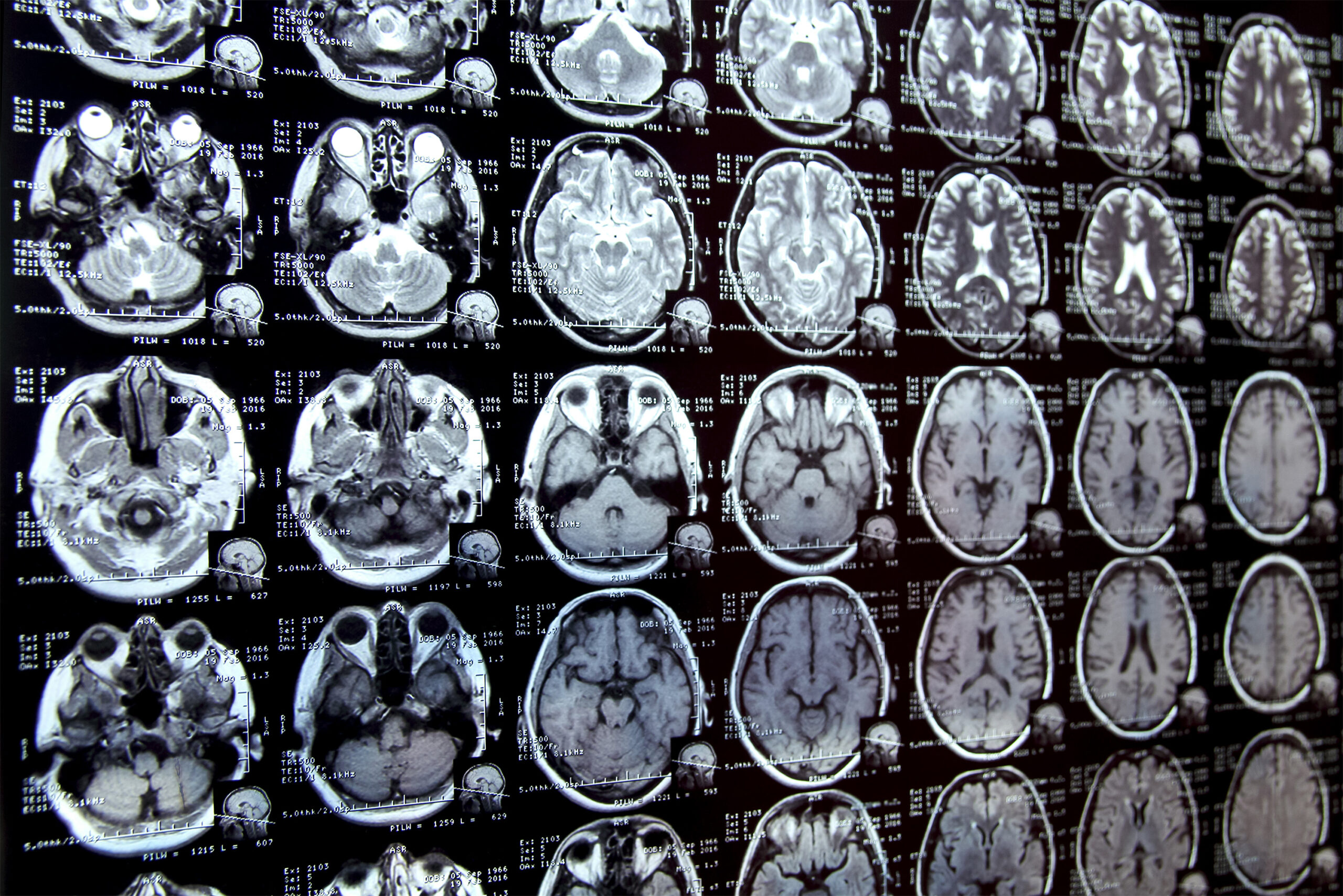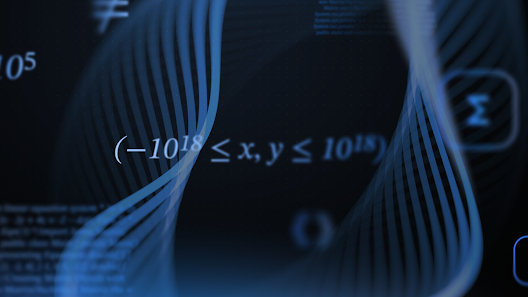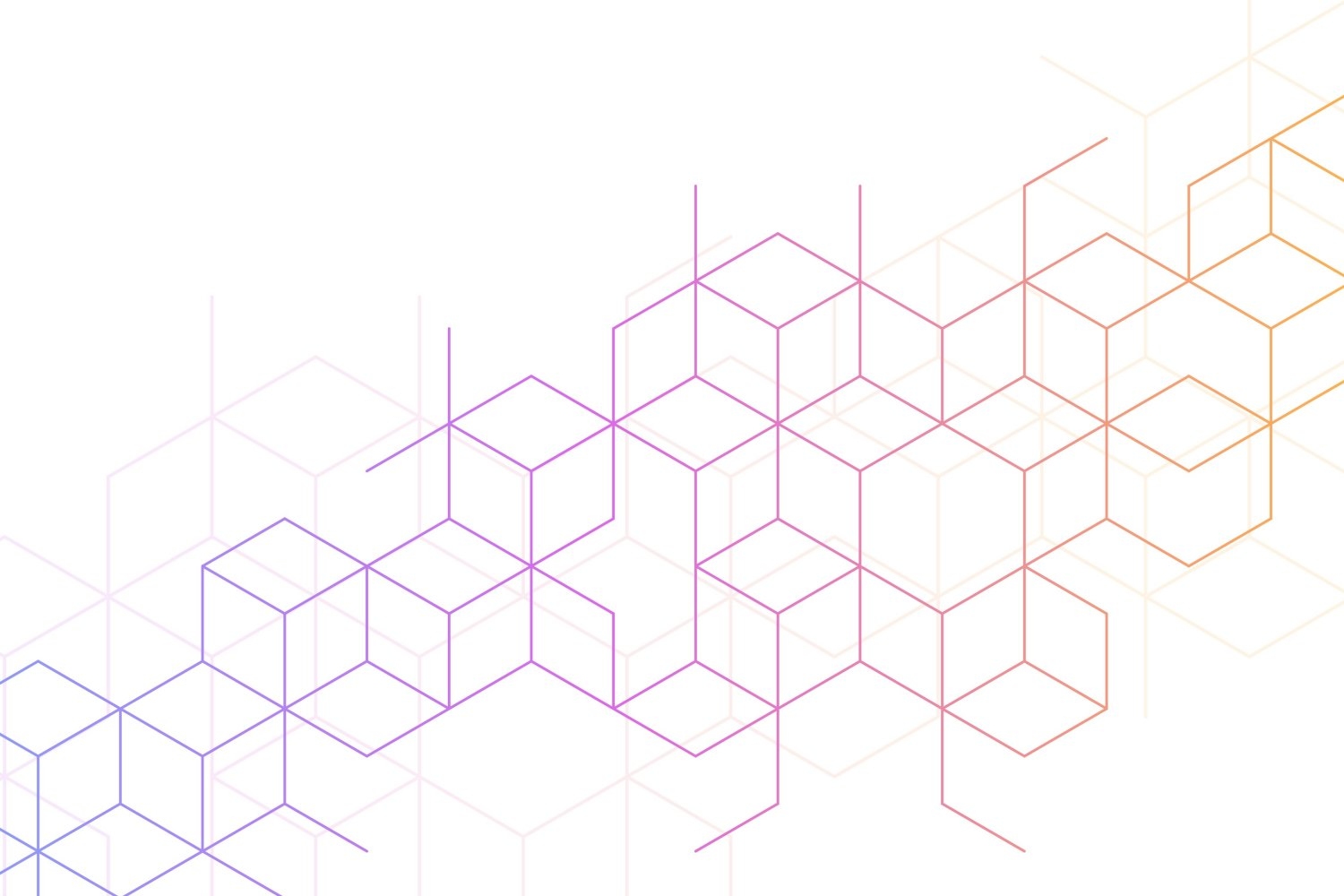For centuries, the mysteries of fluid dynamics have challenged scientists, mathematicians, and engineers alike. From turbulent ocean currents to the airflow over aircraft wings, the equations that describe these phenomena are deeply complex and still not fully understood. But a revolutionary advancement in AI may be changing that. Rewriting the Rules of Fluid Motion with AI In a groundbreaking collaboration between researchers at Google DeepMind and leading academic institutions including Stanford, NYU, and Brown University, a new AI-powered method has been developed to uncover previously unknown behaviors in fluid equations. Using advanced machine learning models known as Physics-Informed Neural Networks (PINNs), researchers have identified a new class of mathematical blow-ups—scenarios where physical quantities like pressure or velocity spike to infinity, known as singularities. These extreme cases provide vital insights into the limitations and structure of classical fluid dynamics equations. Unstable Singularities: A New Frontier One of the most compelling discoveries is the identification of unstable singularities. Unlike stable ones, which remain consistent under slight changes, unstable singularities require highly specific conditions to form. Their existence challenges long-held beliefs in the field—especially regarding the notorious Navier-Stokes and Euler equations, some of the most difficult problems in mathematical physics. In fact, solving the Navier-Stokes singularity problem is one of the Millennium Prize Problems, a list of seven unsolved mathematical challenges with million-dollar rewards. This research marks the first systematic AI-driven identification of such singularities across multiple fluid equations, including the Incompressible Porous Media and Boussinesq equations. Patterns in Chaos: Discovering Lambda (λ) As the team explored increasingly unstable solutions, they discovered a surprising pattern. The speed of blow-up, represented by the Greek letter lambda (λ), plotted against the number of ways the solution could deviate (its instability order), revealed a linear relationship. This suggests that more undiscovered singularities may exist along the same trajectory—offering a roadmap for future exploration. Precision at Unprecedented Levels To achieve these results, researchers used second-order optimizers to train their neural networks, driving errors down to levels akin to measuring Earth’s diameter within centimeters. This level of precision is critical for rigorous computer-assisted proofs and marks a new era of AI-assisted mathematics. Visualizations of the vorticity fields—representing the rotational behavior of fluids—demonstrate the evolution of these instabilities, providing both a qualitative and quantitative breakthrough in how we understand fluid motion. Turning PINNs into Discovery Engines Unlike traditional neural networks trained on massive datasets, PINNs are designed to obey the physical laws encoded in differential equations. By embedding mathematical knowledge directly into the model’s learning process, the AI becomes more than a tool—it becomes a discovery engine. According to the research team, this approach transforms how we study differential equations and could lead to significant advances in physics, engineering, and beyond. A New Era of AI-Assisted Mathematics This breakthrough not only deepens our understanding of fluid dynamics but also points to a broader shift: the rise of AI as a collaborative partner in mathematical research. By blending human insight with machine precision, we’re entering a new phase where even century-old problems may finally be solved. For those interested in how AI is revolutionizing complex mathematical problem-solving, you may also explore how Gemini 2.5 Deep Think achieved gold-tier performance in one of the world’s most prestigious programming contests—highlighting the growing role of AI in scientific and mathematical excellence. Read the full paper: https://arxiv.org/abs/2509.14185 As we continue to scale the peaks of mathematical discovery with AI by our side, the equations that once limited us may soon become the keys to new scientific frontiers.
Headlines
Gemini Robotics 1.5 Unleashes Smart Robots That Perceive, Plan and Act
|
Revolutionary AI Tool Transforms Medical Image Segmentation for Clinical Research
|
Enhancing AI Risk Governance: DeepMind’s Updated Frontier Safety Framework
|
AI Breakthrough Uncovers Hidden Patterns in Fluid Dynamics Equations
|
Gemini 2.5 Deep Think Earns Gold at World’s Top Programming Contest
|

